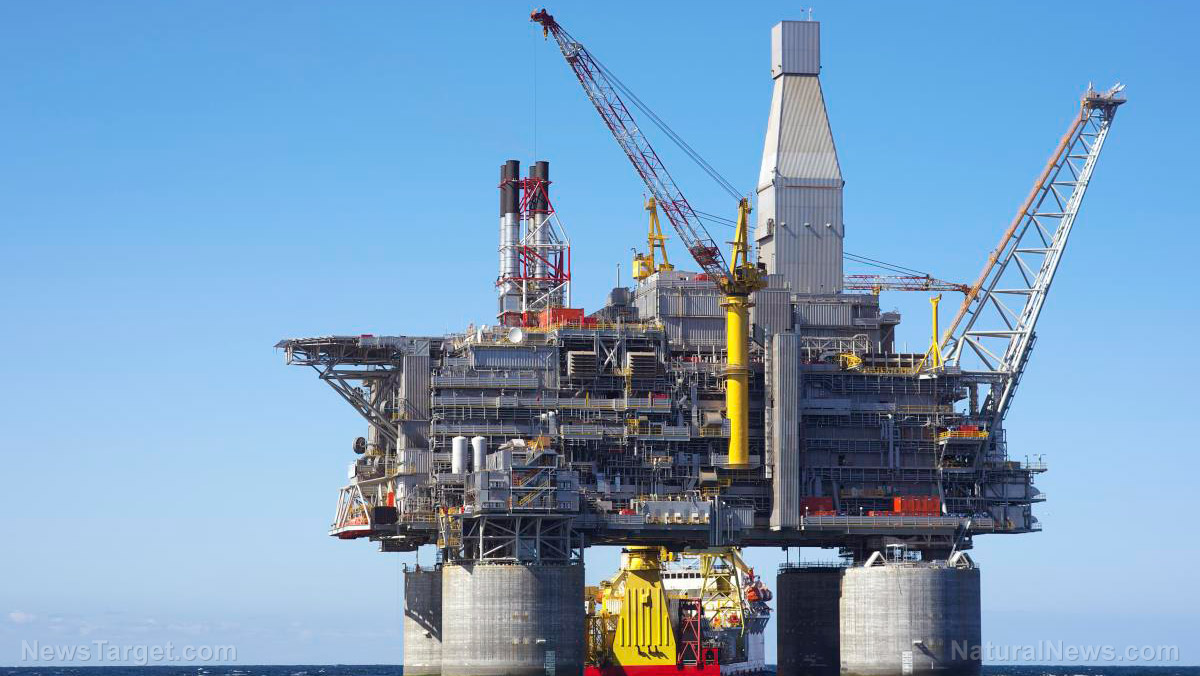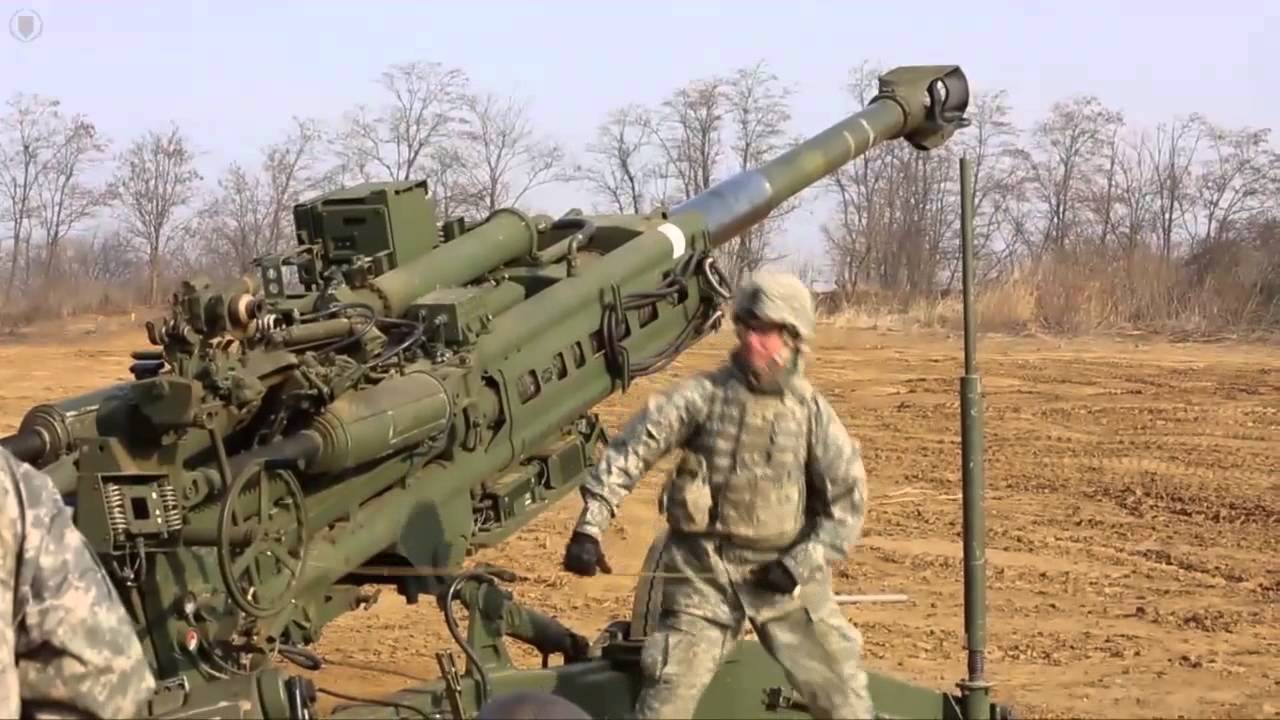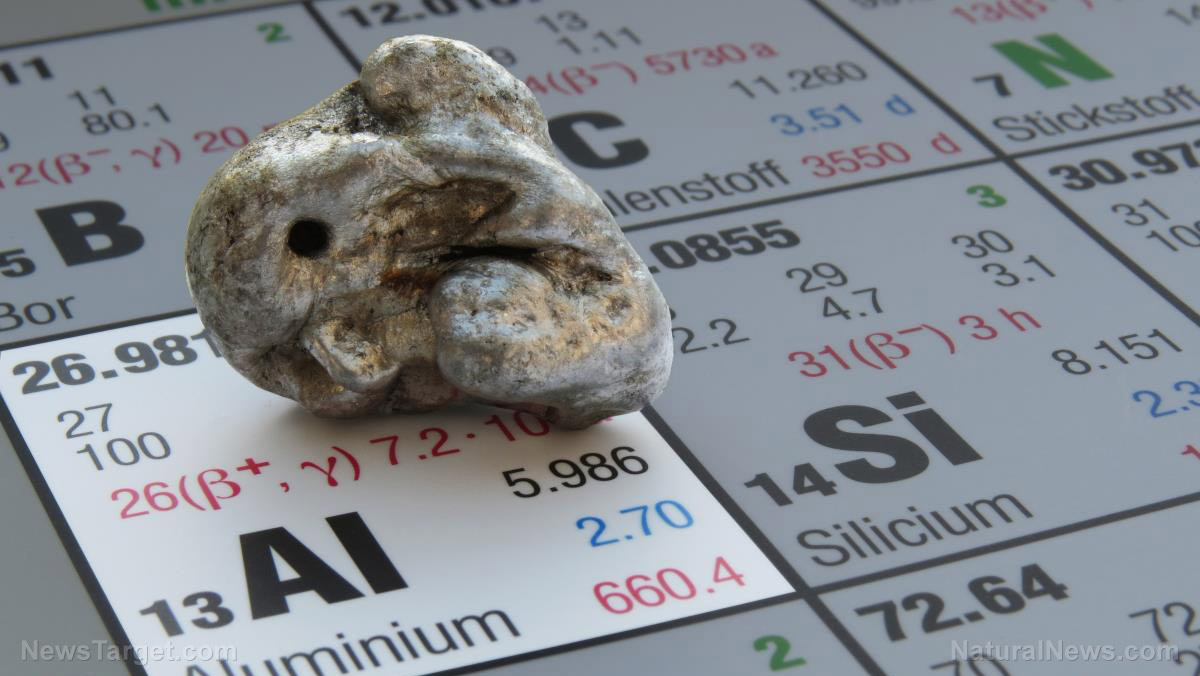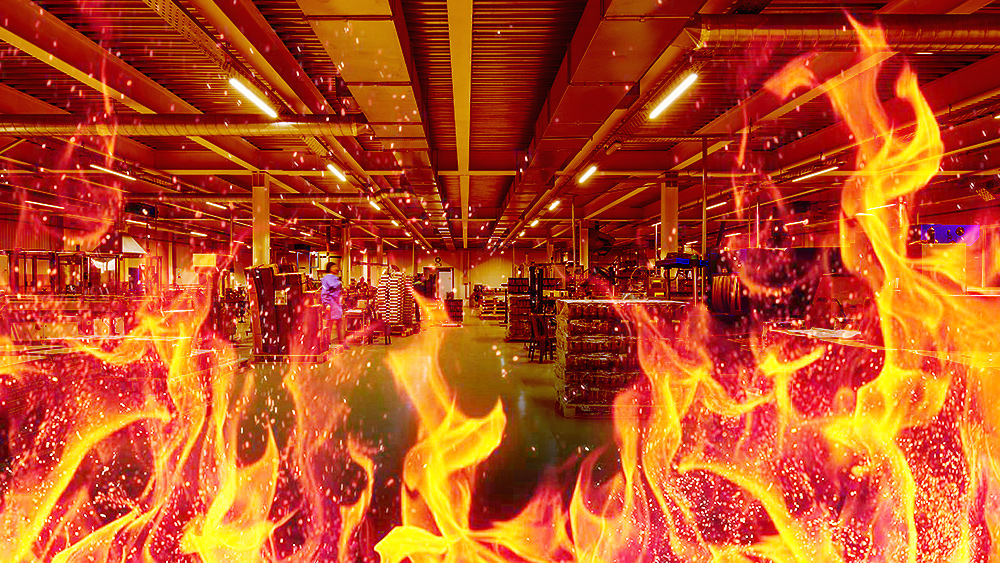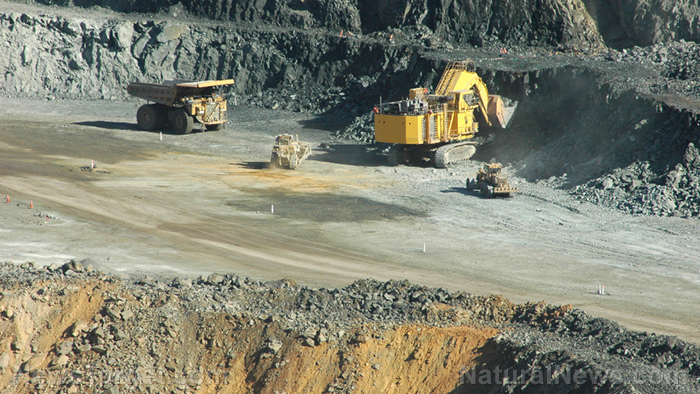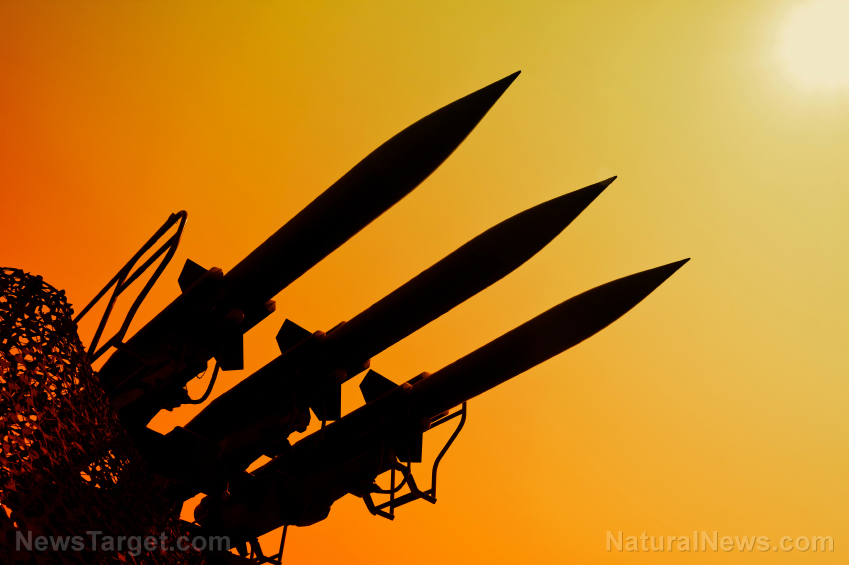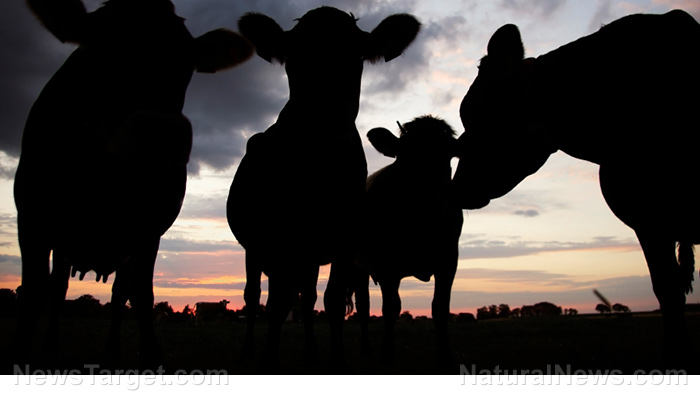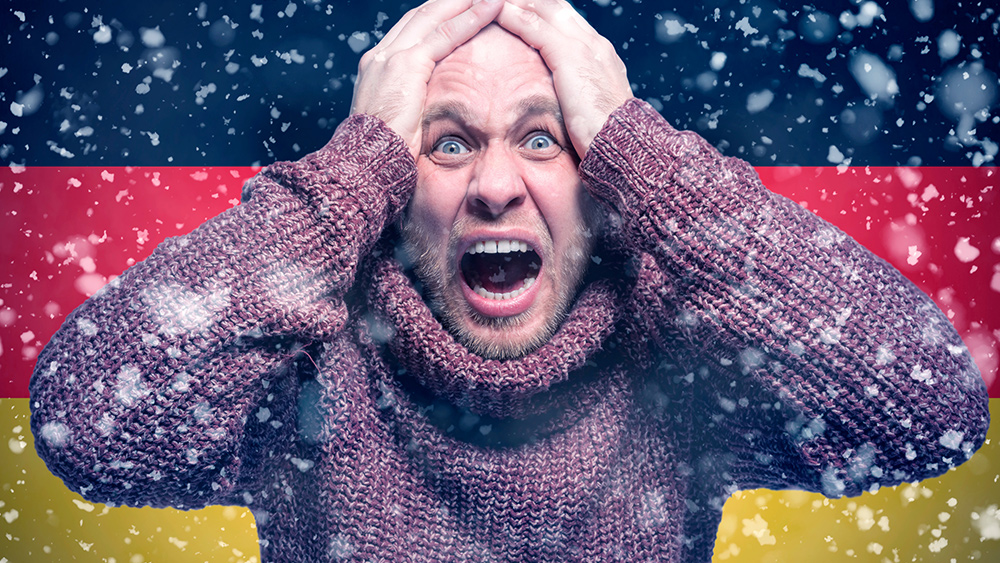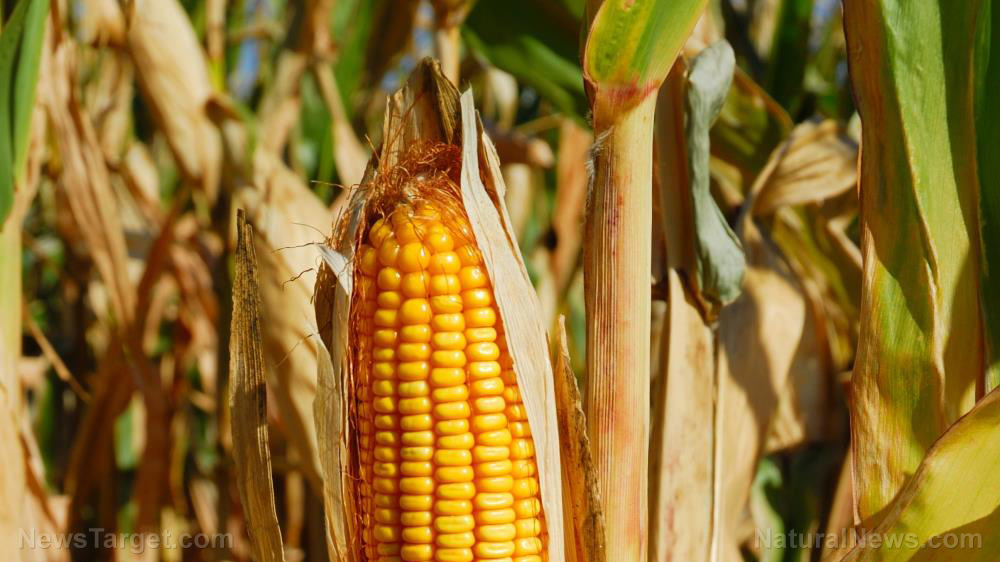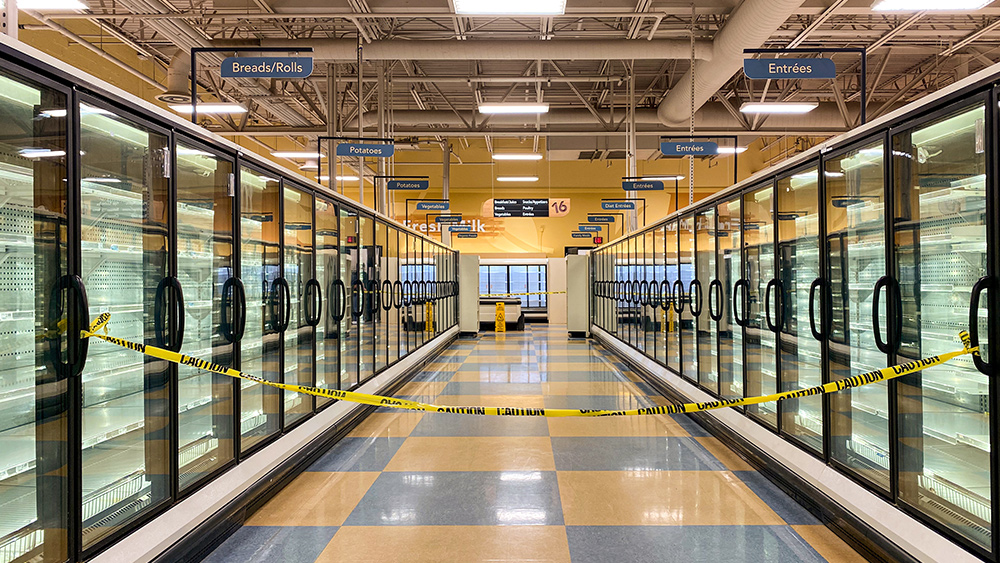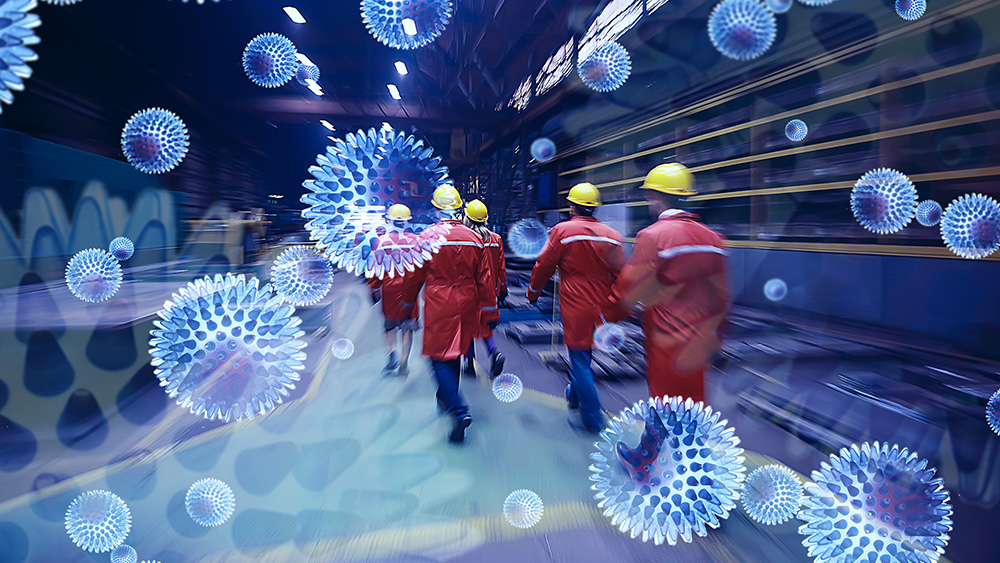CGEP report shows France guilty of HOARDING Russian LNG in early stages of Russia-Ukraine conflict
01/05/2023 / By Belle Carter

France knew economic sanctions were inevitable for Russia when it invaded Ukraine in late February. So it hoarded Russian liquefied natural gas (LNG) in the early stages of the conflict.
A report by Columbia University‘s Center on Global Energy Policy (CGEP) showed that France overtook perennial leader Japan as the world’s number one buyer of Russian LNG in February and March 2022.
Between January and October, France imported 4.45 million tons of natural gas, which is an increase of 52 percent in just a year. LNG imports have also increased by 40 percent in the European continent last year.
Just recently, Russian Deputy Prime Minister Alexander Novak told the state-owned TASS news agency that Moscow is ready to resume gas supplies to Europe through the Yamal-Europe Pipeline, which is a distribution system that connects Russian natural gas fields in the Yamal Peninsula and Western Siberia with Poland and Germany, through Belarus.
The Yamal-Europe Pipeline usually flows westward, but has been mostly reversed since December 2021 as Russian majority state-owned multinational energy corporation Gazprom stopped its deliveries via Yamal. Then the Russian company asked Poland to pay in rubles. Poland refused and resorted to drawing on stored gas in Germany.
According to analysts, Russian President Vladimir Putin’s administration seemed to be sending contradictory signals. After threatening to cut its oil production in protest against the European embargo on crude and the price cap, it now says it is ready to resume gas deliveries via the said 4,107-kilometer pipeline. (Related: Russia to halt oil exports to nations that impose price cap on Russian crude.)
“The European market remains relevant because the gas shortage persists and we have the opportunity to resume supplies,” Novak told the news agency. According to Novak, the said pipeline had been stopped for “political reasons.”
StrangeSounds.org reported that Moscow has been able to rely on the LNG market to keep its exports high. The more flexible transport of this energy by ship allows the country to diversify its customers.
Reports also indicate that Moscow developed an ambitious program to increase its liquefaction capacity, aiming to export 80 to 140 million tons per year by 2035, compared with 35 million this past year.
Some Western countries, such as the United Kingdom, in a rather lame and failed attempt to cover their tracks, have been importing their Russian energy supplies from other nations, because in doing so the product can be relabeled as no longer being of Russian origin.
EU spends billions on LNG infrastructure
The European Union (EU) is currently investing billions in infrastructure to replace Russian fuels with LNG.
According to Eurostat, the largest gas consumer in the continent is Germany, followed by Italy, the Netherlands and Slovakia – countries that are now trying to replace their gas imports from Russia with supplies from other sources.
“Since the beginning of the war, LNG imports to Europe have increased by 58 percent,” said Paula Di Mattia Peraire, a gas analyst with Independent Commodity Intelligence Services (ICIS).
Just over a week after Russia invaded Ukraine in February 2022, European Commission President Ursula von der Leyen expressed concern that the Kremlin might turn off the bloc’s gas tap. “The EU must get rid of its dependency on fossil fuels,” she wrote on Twitter. Von der Leyen then praised Spain, which she called “a frontrunner here, with its large renewables share and LNG capacities.”
Follow NewEnergyReport.com for updates on Russia’s supply of natural gas to France and the rest of the EU.
Watch the video below that talks about Putin’s ban on oil exports to countries that implemented a price cap on Russian oil.
This video is from the Puretrauma357 channel on Brighteon.com.
More related stories:
Half of France’s nuclear power plants are offline as dark winter approaches.
Europe to feel impact of turning away from cheap, plentiful Russian energy.
US facing natural gas shortage due to record LNG exports to Europe.
Biden admin preventing America’s second-largest LNG plant from restarting operations.
Sources include:
Submit a correction >>
Tagged Under:
big government, CGEP, chaos, collapse, energy, energy crisis, energy exports, energy prices, energy shortages, energy supply, Europe, France, gas supply, liquefied natural gas, natural gas, power, Russia, Russia-Ukraine war, Russian gas, supply chain
This article may contain statements that reflect the opinion of the author
RECENT NEWS & ARTICLES
SupplyChainWarning.com is a fact-based public education website published by SupplyChainWarning.com Features, LLC.
All content copyright © 2021 by SupplyChainWarning.com Features, LLC.
Contact Us with Tips or Corrections
All trademarks, registered trademarks and servicemarks mentioned on this site are the property of their respective owners.


